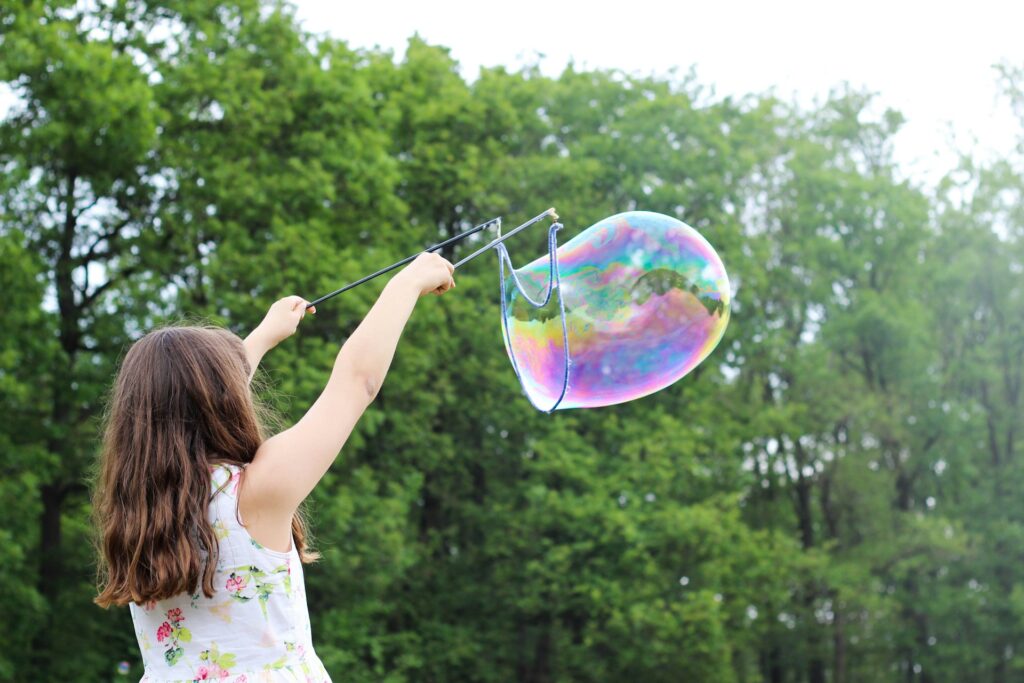Rethinking Our Perceptions of Modern Youth

Labeling today’s kids as “dumb” simply because they spend time on social media making short videos overlooks a deeper reality. True, their digital habits differ vastly from older generations, but this shift doesn’t equate to a loss of intelligence. Instead, it reflects a world where technology and interactive platforms are second nature—environments in which today’s youth thrive.
- Technology is Second Nature to Them: Modern children have grown up surrounded by smartphones, tablets, and online communities. They navigate digital classrooms and interact with VR education tools without missing a beat. This proficiency allows them to adapt rapidly to new learning scenarios, whether it’s using VR for education, exploring a virtual reality classroom, or participating in interactive classroom activities.
- They’re More Resourceful Than You Think: Far from just posting videos, many young people are launching startups, experimenting with cutting-edge technology, and participating in global conversations about innovation. They are using VR biology, VR physics, and VR chemistry simulations to deepen their understanding of complex concepts. Where older generations saw boundaries, these kids see opportunities to solve real-world problems and improve upon existing ideas.
- Adaptation Is Everything: The world is changing faster than our education systems can keep pace. Young learners need new subjects, updated teaching methods, and more relevant learning materials to remain engaged and excel academically. This challenge isn’t about lowering standards; it’s about broadening horizons. Embracing technology in education, leveraging VR for learning, and transforming classrooms into STEM labs are just a few steps toward ensuring that the next generation is prepared to tackle future challenges.
Embracing Change in Education
A pivotal shift is required to acknowledge the environment in which modern students live. Gone are the days when memorizing facts from textbooks sufficed. Today’s learners require adaptive, interactive education that mirrors their world—one saturated with digital content, instant communication, and diverse information sources.

Our article on Adapting Education for the Alpha Generation demonstrates how educators must consider the unique characteristics of modern learners. These children aren’t less intelligent; they need an education that respects their digital fluency and leverages technology in schools.
With information at their fingertips, critical thinking and creativity are no longer luxury skills—they’re essential. Students must evaluate sources, synthesize insights, and generate original ideas. As we explore in Unlocking Creativity and Developing Critical Thinking Skills, these abilities are crucial for navigating a world where knowledge is abundant but discernment is rare.
Cultivating STEM Interest and Engagement
Another pressing issue is the declining interest in STEM subjects among teenagers. Many find topics like advanced mathematics, physics, or chemistry too abstract and unrelatable, ultimately losing their motivation to learn. Traditional approaches, reliant on textbooks and lectures, often fail to spark genuine enthusiasm.
This is where virtual reality and related educational technologies come into play. VR in the classroom allows students to interact with once-intangible concepts, bringing them to life. STEM labs equipped with VR technology enable students to conduct experiments, visualize phenomena, and engage deeply with the material—turning a passive learning experience into an active, exploratory journey.

For instance, VR biology simulations let learners explore microscopic cell structures, while VR physics tools can demonstrate complex principles like optics or kinematics in a tangible, visually captivating manner. These innovations, as discussed in our article on Why Interest in STEM Declines and How VR Revives It, can reignite students’ curiosity and passion for science and technology, thereby nurturing a generation of creative, confident problem-solvers.
Empowering Parents and Home Learning
Parents often worry that their child’s free time at home is wasted on phones and games. But consider this: kids are naturally curious. They want to learn, discover, and create. With the right guidance, they can turn screen time into valuable learning sessions. A VR education platform or VR education services can transform a headset into a VR classroom, making learning interactive and fun.
Encourage your child to explore educational VR apps, allowing them to engage in interactive classroom activities right at home. Our insights in Encouraging STEM at Home and Gamifying STEM with VR offer practical tips on turning leisure time into a springboard for intellectual growth.
Addressing Systemic Issues in Education
While technology like VR helps immensely, the education system itself must evolve. We need new subjects and updated approaches to match the challenges of the 21st century. For instance, consider integrating VR storytelling, VR technology in education, and intelligent classroom platforms to prepare students for real-world tasks. Learn more about new subjects for education and how VR can help in our piece on Introducing New Subjects for the Modern World.
Moreover, we can’t ignore the media’s role in influencing students’ STEM career interests. If kids mostly see influencers encouraging trivial pursuits, it’s no wonder some drift from academic goals. Adults should provide kids with role models and content that spark curiosity about science, innovation, and problem-solving. Our article on Media Influence on STEM Education delves into the importance of inspiring STEM-focused media.
No Simple Solutions, But Clear Directions
There’s no overnight fix for closing the gap between today’s rapidly evolving world and yesterday’s education model. Still, we can start by embracing new technologies, enhancing teaching methods, and guiding children towards meaningful content.
Today’s youth aren’t dumb; they’re navigating a world vastly different from the one older generations knew. They need our support to harness the power of modern tools—like VR learning platforms, virtual reality classrooms, and VR for education—to become the brilliant thinkers, doers, and creators of tomorrow.
The future of learning is here, and it’s time we recognize that today’s kids are more than ready to rise to the challenge. Let’s update our perspective, adopt new methods, and watch young minds thrive.
12 / 19 / 2024










